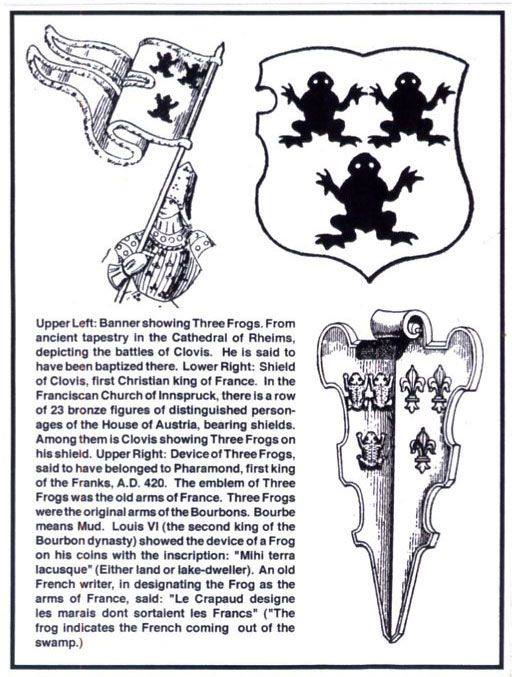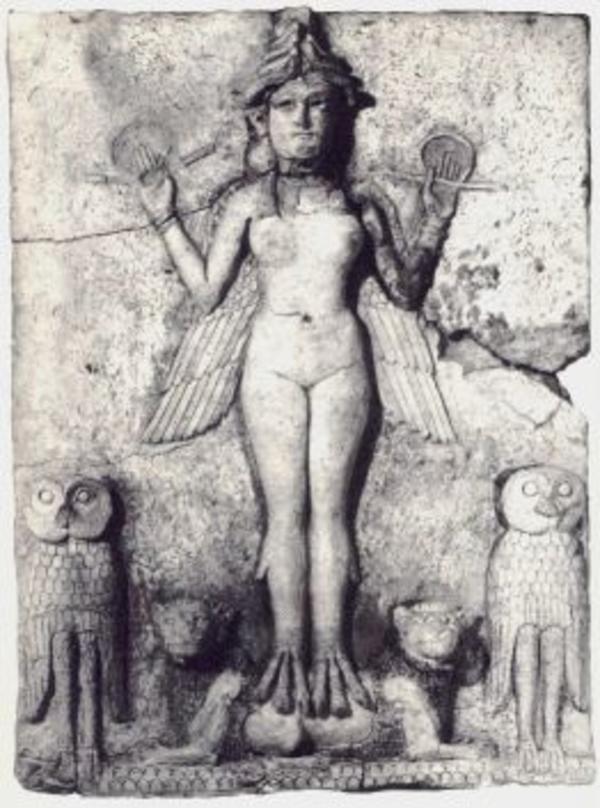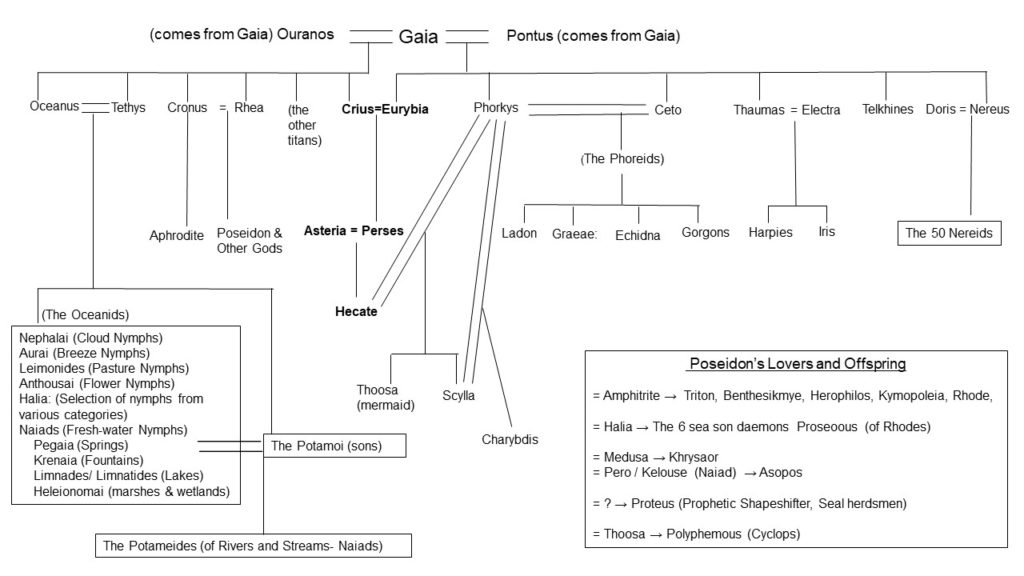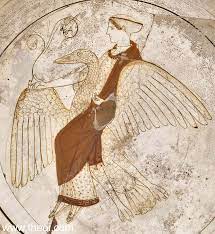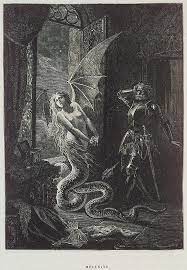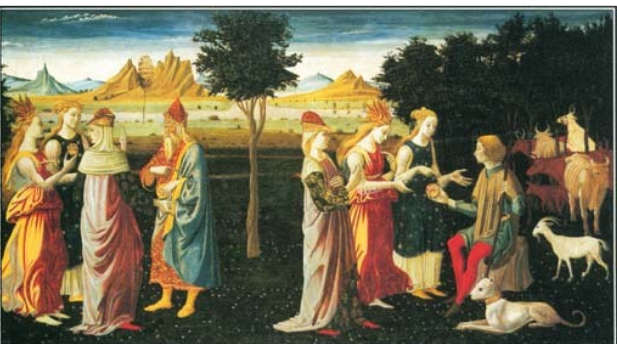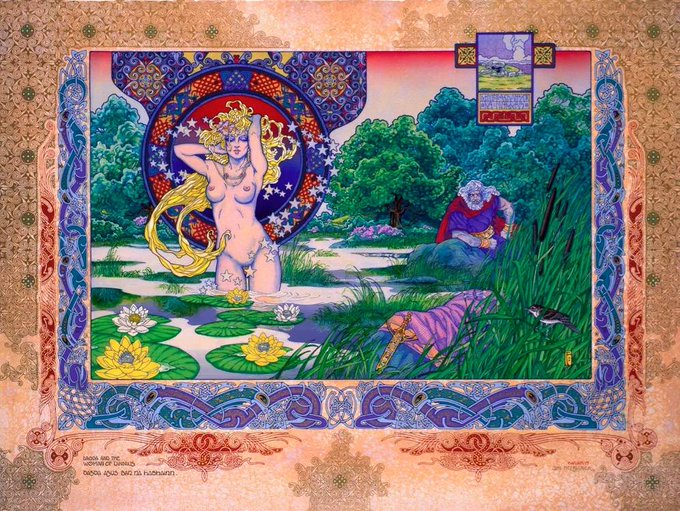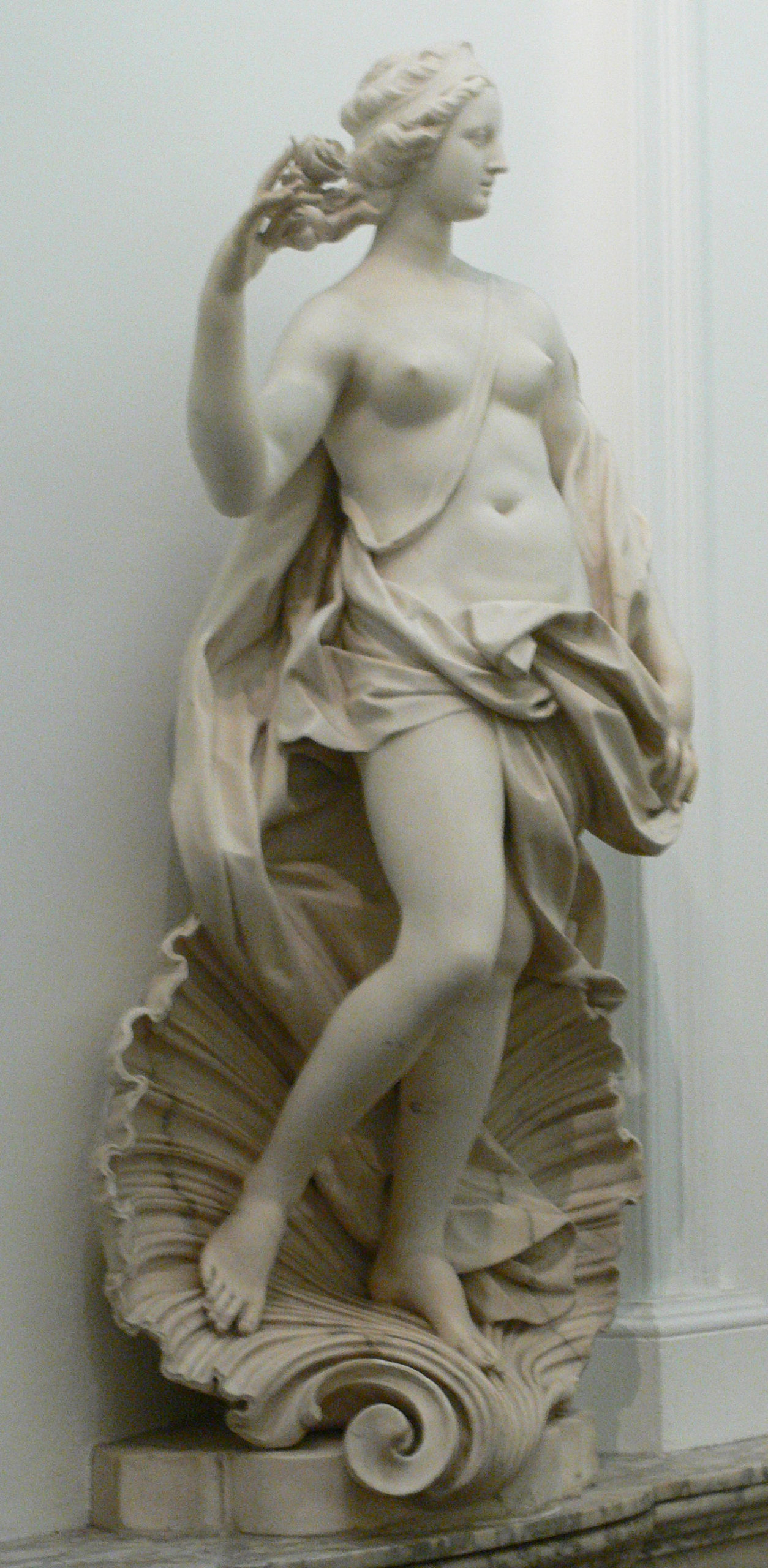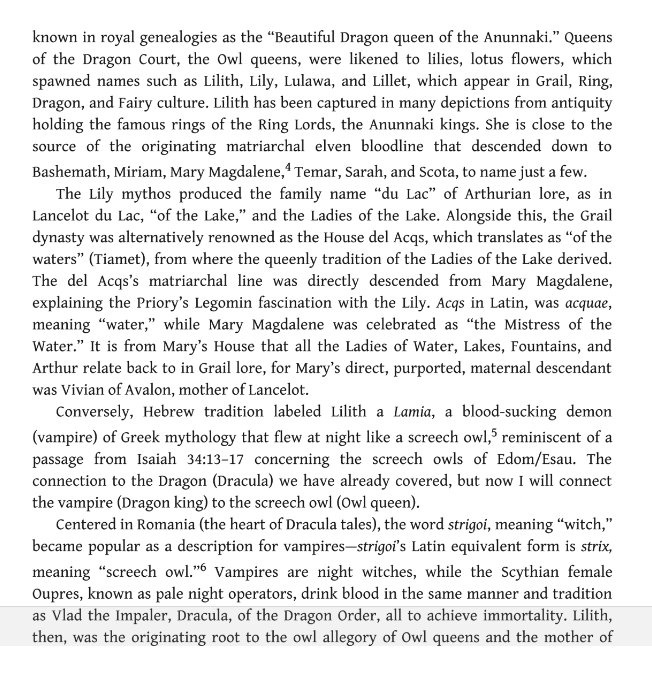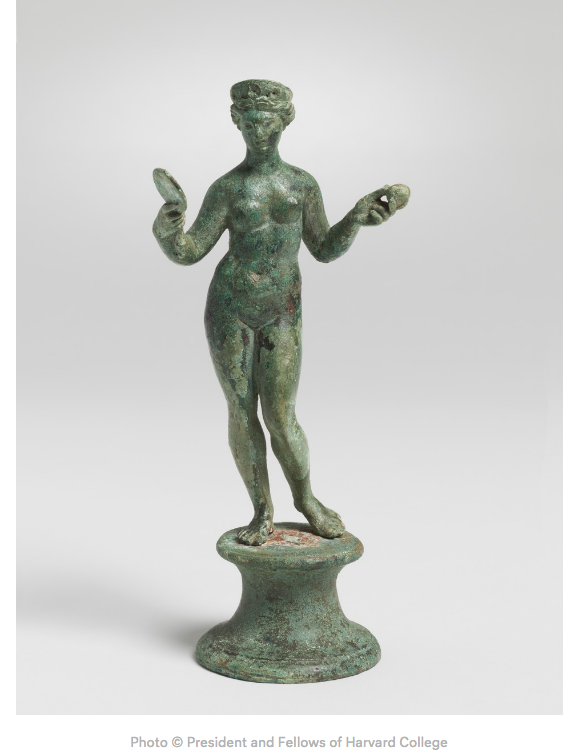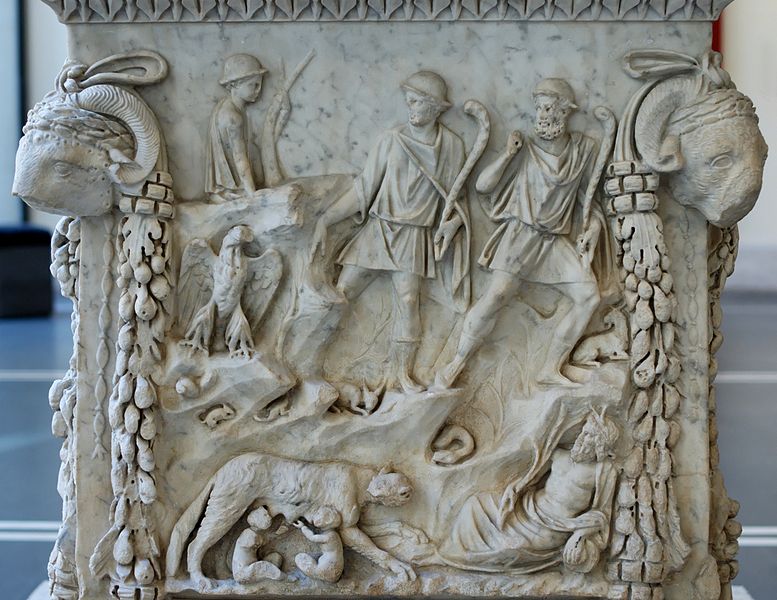Dark Goddess
The vampyre originate from the ancient bird or snake goddess known as Lilith (Lillu/Lillitu). Male vampyres are known as devi–of the goddess. Given descriptions of Quetzalcoatl, it is not difficult to imagine her as a winged or feathered serpent. This dovetails with origin stories of the vampyre being both of the serpent and of the fallen. While there are many theories regarding the first vampyre, it was this ancient goddess–a winged demoness. The “Burney Relief” looks more akin to a harpy but is, in fact, a Lilitu (also known as Lil). The Lil are considered to be direct descendants of this ancient dark goddess. Another indication of goddess origin is that the vampyre are matrilineal. Always natural born (meaning not of a human), the Lil are recognizable by their wings (if still attached) and their curved toes that resemble talons.
If the vampyre originate from fallen angels (otherwise referred to as demons), does this mean that vampyre are evil? From the perspective of the vampyre, of course not. The saying in magick is “as above, so below.” It is an expression of the figurative or literal heaven mirroring hell. The vampyre are not human and do not suffer the original sin of Adam and Eve. They are of a system that does not include the human species nor is their system one that can be easily reconciled or understood by human logic. However, vampyre do traditionally thrive on blood and humans have served as a source. Would a cow or pig see the human being as evil? Most likely.
Another embodiment of the Lilitu is seen in the Goddess Aphrodite. While Aphrodite is commonly regarded as a goddess of love and beauty, she is also a dark goddess. Aphrodite being a dark goddess refers to her domain over war and passion. Aphrodite is said to be born of the sea. This ties to the myth of Melusine, the mother goddess of many royal bloodlines and the serpentine being author Nicholas De Vere referred to as a Lamia. Aphrodite is also referred to as Venus, the Morningstar, in the Roman pantheon. Venus is then seen as the equivalent Sumerian Goddess Inanna. Her father is Nanna, also known by the Mesopotamians as Sin-a moon god. His symbols are the bull and crescent. This is significant because one of the marks found on vampyre children is that of the crescent moon.
Aphrodite is sometimes depicted as riding a swan/goose. This not only possibly links her story and lineage to the swan princess in Grimm’s story of the “Six Swans,” but also to none other than Mother Goose.
The word/name Aphrodite might have some relation to the story of the Tuatha de Danaan. The mythic race of people, tied to Ireland, who eventually settled in various parts of the world were believed to have arrived to Ireland in clouds of mist. They were also known as the “shining ones.” In her book Aphrodite, Monica S. Cyrino notes:
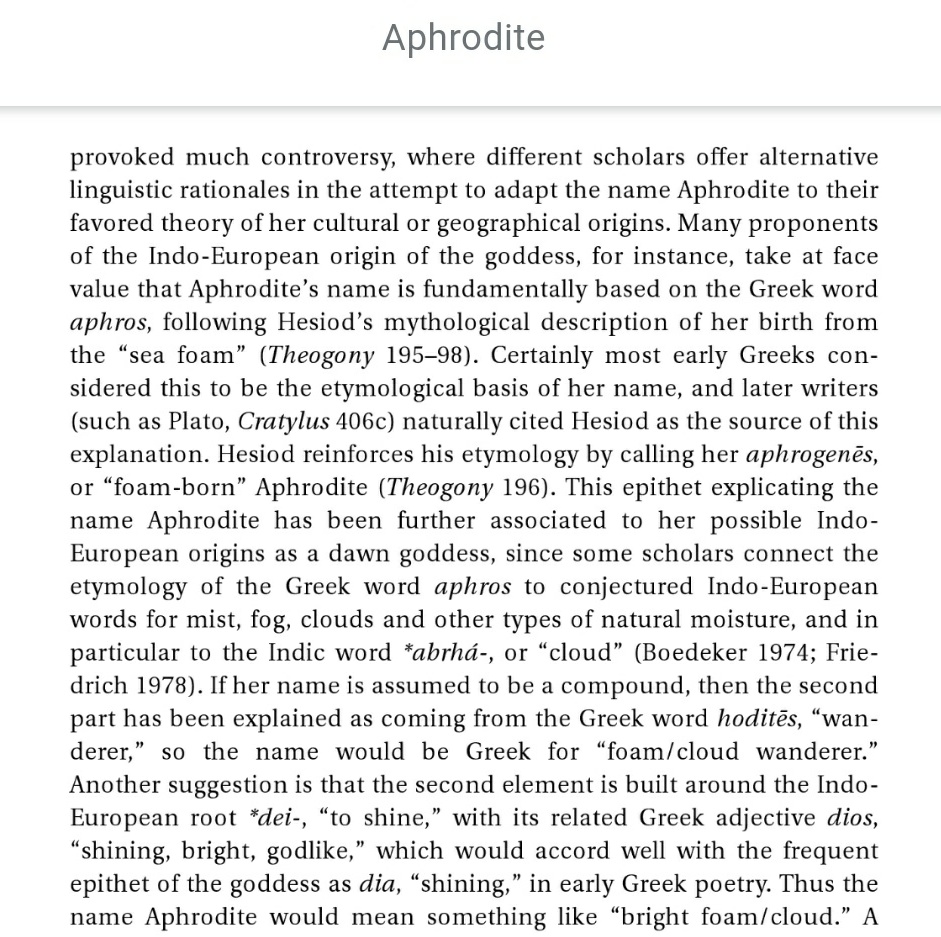
It is also worth noting that one of the Merovingian symbols was the toad; the toad being a traditional symbol of Hecate.
https://stri.si.edu/story/amphibian-goddess
https://www.archaeology.org/issues/409-2101/digs/9275-digs-guatemala-sweat-bath
https://core.ac.uk/download/pdf/39131797.pdf
https://www.jstor.org/stable/1262376
